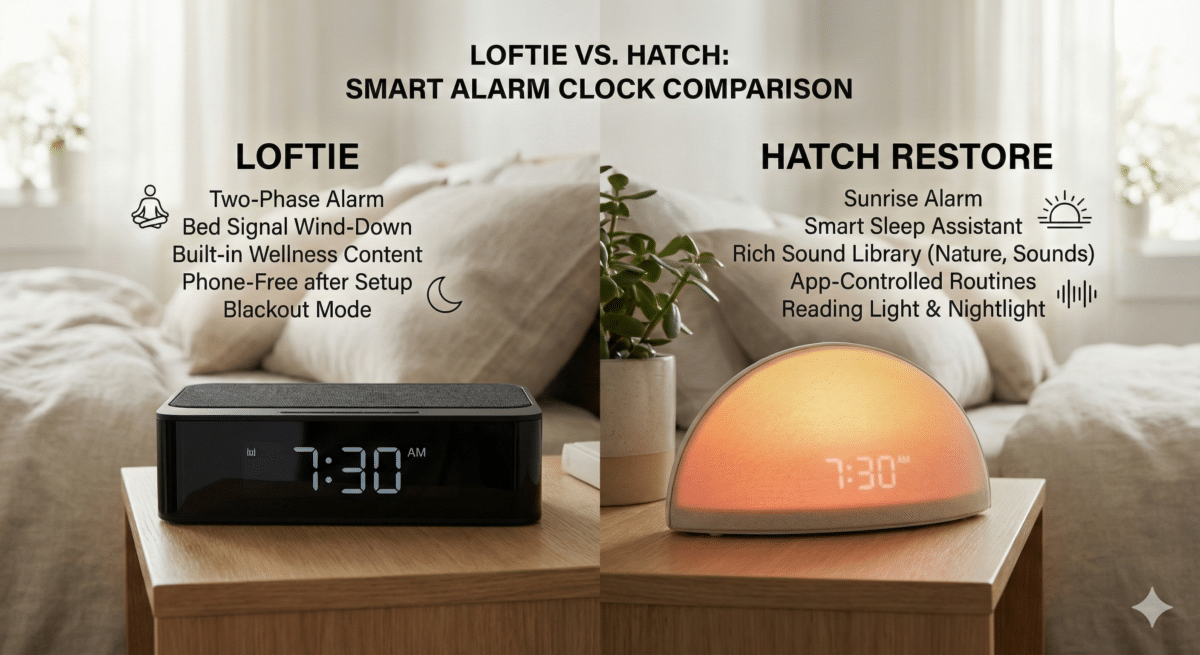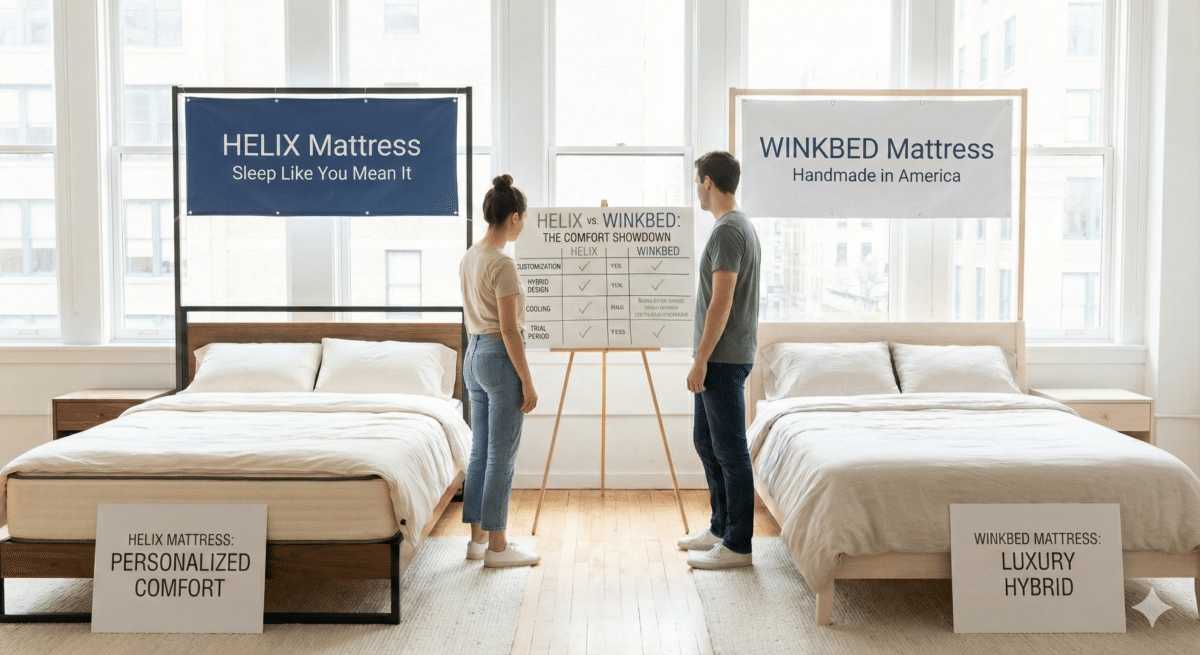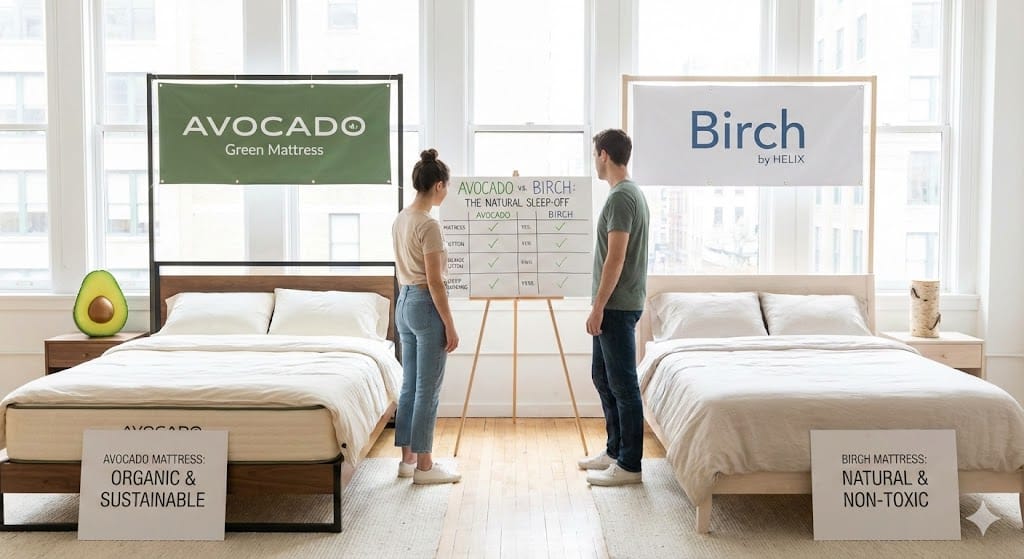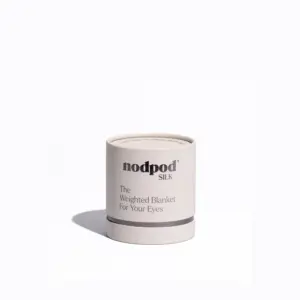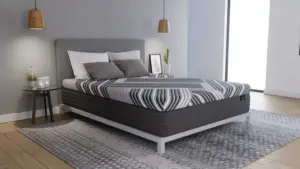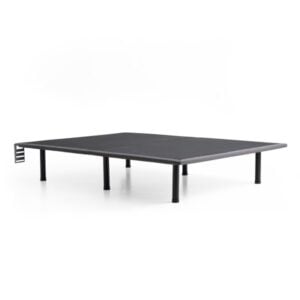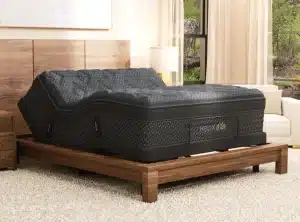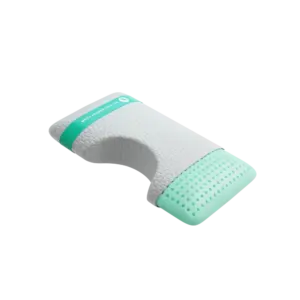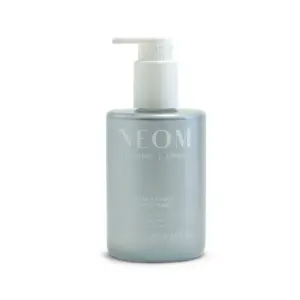Sleep Soundly: How to Pick the Best Allergy Bed Sheets
If you or a loved one struggle with itchy eyes and incessant sneezing at night, allergy bed sheets might be the key to achieving a restful slumber. These specially designed sheets work to minimize dust mites and other allergens, creating a healthier sleep sanctuary. Investing in hypoallergenic materials such as cotton, bamboo, or silk can significantly enhance your sleep quality and help you wake up feeling rejuvenated.
Understanding Allergies and Bedding
For allergy sufferers, the bedroom can become a battleground. We spend about one-third of our lives asleep, making it crucial to keep our sleep environment as free from irritants as possible. Dust mites are often the primary culprits behind nighttime disturbances; they thrive in warm, humid environments and feed on the dead skin cells that we shed. Their waste particles are known to trigger allergic reactions, leading to symptoms like sneezing, runny noses, and itchy eyes. In more severe cases, they can even exacerbate asthma, making effective prevention strategies essential for maintaining both sleep quality and overall health.
Choosing Hypoallergenic Bedding
When selecting allergy bed sheets, look for hypoallergenic options that repel dust mites and other allergens. These products create an effective barrier between you and potential irritants, allowing for a more comfortable night’s sleep. Tightly woven fabrics like cotton, bamboo, and silk are often recommended for their inherent hypoallergenic properties.
For instance, SHEEX® utilizes TENCEL® Lyocell in its design. This material is not only moisture-wicking, which helps to inhibit the growth of bacteria, but it also minimizes allergens, making it an excellent choice for sensitive sleepers.
The Importance of Regular Maintenance
Keeping your allergy bed sheets in peak condition is vital for effective allergen control. A few simple maintenance routines can go a long way in ensuring your bedding remains allergen-free. It’s advisable to wash your sheets in hot water at least once a week to eliminate dust mites and allergens. Additionally, consider using an anti-allergen detergent to provide an extra layer of protection.
Investing in allergen-proof covers for your mattress and pillows also reduces exposure to dust mites. By understanding how to maintain your bedding effectively, you can create a safer and more comfortable sleep environment.
Best Materials for Allergy Bed Sheets
Selecting the right material for your allergy bed sheets can transform your sleep experience. Different fabrics have varying capacities to fend off allergens. Here’s a closer look at some of the best options available:
Cotton
Cotton remains a go-to fabric for allergy sufferers. Soft, breathable, and easy to wash, it allows for comfort while acting as a barrier against dust mites. Opt for tightly woven varieties like Egyptian or Pima cotton to maximize protection. Organic cotton is even more beneficial, being free from harmful chemicals and pesticides, which can contribute to allergic reactions.
Bamboo
Bamboo bedding is celebrated for its natural hypoallergenic qualities. Known for being soft and breathable, bamboo also possesses moisture-wicking properties that help control humidity, making it less inviting for dust mites. Additionally, bamboo’s eco-friendly nature appeals to environmentally conscious consumers.
Silk
A luxurious option, silk is naturally hypoallergenic and resistant to dust mites. Its tightly woven fibers create an effective barrier against allergens while being gentle on the skin, making it ideal for individuals with sensitivities. However, silk typically requires special care, so consider whether you’re ready for the additional maintenance.
Linen
Linen is another excellent choice for allergy bed sheets. It’s breathable, durable, and naturally hypoallergenic. Its unique texture can feel cool against the skin, which is particularly beneficial for hot sleepers. Although linen can be pricier than other options, its longevity makes it a worthwhile investment.
Microfiber
For those on a budget, microfiber sheets offer a cost-effective solution. Made from synthetic fibers, they can be tightly woven to keep allergens at bay. Look for high-quality microfiber, as cheaper versions may not provide the same level of protection.
Top Allergy Bed Sheets to Consider
When searching for the best allergy bed sheets, three brands consistently stand out: BedCare™, SHEEX®, and SmartSilk, each offering unique features aimed at minimizing allergens while providing comfort.
BedCare™
BedCare™ specializes in allergy and asthma-resistant products. Their zippered mattress covers and pillow protectors create effective barriers against dust mites and allergens. Made from breathable materials, BedCare™ products are easy to care for and often come with a lifetime warranty, ensuring lasting protection.
SHEEX®
Known for performance fabrics, SHEEX® offers hypoallergenic sheets crafted from 100% TENCEL® Lyocell. Their moisture-wicking properties help reduce bacteria growth, making them an ideal choice for those who tend to sleep hot. Plus, their easy-care design simplifies maintenance, making them a practical choice.
SmartSilk
SmartSilk takes luxury to the next level with their silk-lined pillows and comforters. Naturally hypoallergenic, these products provide a solid barrier against allergens while maintaining comfort. Although they may require more care, their benefits make them a valuable investment for better sleep quality.
How to Maintain Allergy Bed Sheets
To ensure your allergy bed sheets remain effective, consider these maintenance tips:
Washing Frequency
Wash your sheets at least once a week; if allergy symptoms are severe, aim for two to three times a week. Regular washing helps eliminate dust mites, pollen, and other irritants.
Hot Water
Utilize hot water (at least 140°F or 60°C) when washing your sheets to effectively kill dust mites. Check care labels to ensure your sheets can withstand these temperatures.
Anti-Allergen Detergent
Select a hypoallergenic detergent that is tough on grime but gentle on fabrics. Avoid heavily fragranced options, as they can irritate sensitivities.
Drying
Thoroughly dry your sheets before putting them back on your bed. While air drying is ideal, if using a dryer, choose a low heat setting to prevent fabric damage and control allergens effectively.
Conclusion
At Yawnder, we recognize the significance of a sound night’s sleep, especially for individuals sensitive to allergens. Our expert evaluations guide you in choosing the best products tailored to your specific needs, including allergy bed sheets. By prioritizing hypoallergenic options, maintaining your bedding correctly, and selecting the right materials, you can create a serene sleep environment tailored to your requirements.
Explore our extensive reviews and curated selections to find the ideal sleep solutions specific to your needs. Let us assist you in making informed choices that will help you sleep soundly and wake up refreshed, free from the burdens of nighttime allergies.


